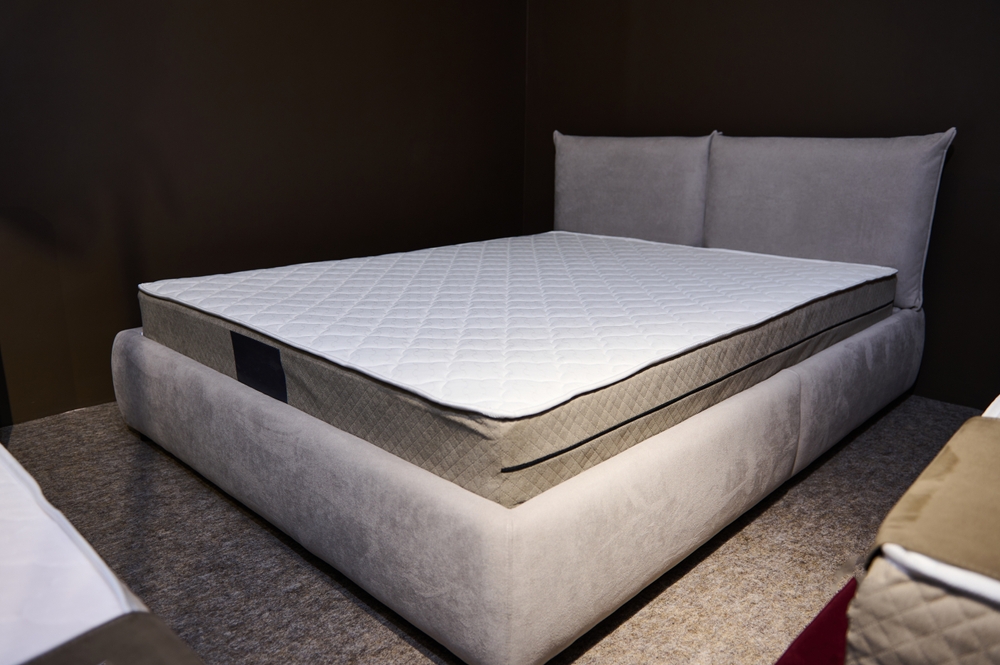Find Your Ideal Bed: The Ultimate Guide to Better Sleep
Choosing the right bed is essential for improving sleep quality, easing aches, and boosting daily wellbeing. This comprehensive guide walks you through support systems, sizes, materials, styles, and top manufacturers so you can pick a bed that matches your comfort needs, room layout, and budget. Learn what to test, what to expect from warranties and delivery, and how to make a long-lasting investment in better rest.

Understanding Bed Support Systems
The base beneath your mattress determines comfort, longevity, and overall performance. Traditional box springs offer a familiar bounce and raise mattress height, which can make getting in and out of bed easier. Solid platform bases deliver a firmer, uniform surface that supports memory foam and hybrid mattresses well. Slatted frames encourage airflow and, when spaced or adjustable, can be tuned to match different mattress types and firmness preferences. Many modern bed bases now incorporate convenience and tech features such as built-in USB charging ports, under-bed lighting, or motorized massage and position controls.
Bed Size Considerations
Picking the correct bed size depends on bedroom dimensions, who will sleep in the bed, and how much personal space you prefer. Common mattress sizes and their dimensions are:
- Twin: 38” x 75”
- Full: 54” x 75”
- Queen: 60” x 80”
- King: 76” x 80”
- California King: 72” x 84”
When arranging furniture, leave at least 2 to 3 feet of clearance on all accessible sides of the bed to allow easy movement and comfortable flow through the room.
Materials and Construction Quality
Bed frames are available in a variety of materials, each offering different benefits. Solid hardwoods are prized for durability and a timeless look. Metal frames are strong and often have a sleeker, more modern aesthetic. Engineered wood products can be a cost-effective compromise, providing consistent panels and finishes. Upholstered frames and headboards add softness and a styled appearance. Regardless of material, inspect for reinforced corners, solid joinery, and robust support legs or center supports—these details help prevent sagging and extend the life of your bed.
Common Bed Styles and Design Elements
Design choices should reflect both function and the room’s decor. Platform beds are popular for their low-profile, streamlined appearance. Four-poster beds create a classic, dramatic focal point, while transitional designs mix modern and traditional cues for broader appeal. Pay attention to headboard height, whether you want a footboard, and how the bed’s proportions and finish will harmonize with other furnishings.
Leading Bed Manufacturers and Price Points
| Manufacturer | Bed Type | Price Range | Key Features |
|---|---|---|---|
| Casper | Platform Bed | $895-$1,395 | Modern design, easy assembly |
| Pottery Barn | Panel Bed | $999-$2,499 | Solid wood, multiple finishes |
| IKEA | Storage Bed | $299-$799 | Built-in storage, affordable |
| Sleep Number | Adjustable Base | $1,199-$2,799 | Smart features, position control |
| West Elm | Metal Bed | $699-$1,499 | Contemporary style, durable |
Prices and ranges listed are based on current publicly available information and may change. Perform your own research for the latest pricing before purchasing.
Making the Final Selection
Think long term when choosing a bed. Consider durability, warranty coverage, and the possibility of future lifestyle changes such as moving, a new partner, or health needs. Confirm assembly requirements, delivery and setup options, and return or trial policies. A well-chosen bed is an investment in sleep health; with proper care and periodic maintenance it can provide years of comfort and support.






